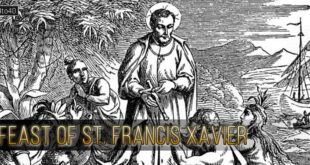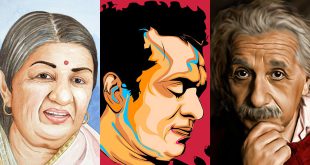A girl with her face tattooed during performance of ‘garba’ dance on the first day of Navratri festival, in Mumbai.
As Navratri approaches, the air is filled with excitement and anticipation. It’s that time of year when people come together to celebrate the nine nights of devotion, dance, and cultural immersion. In recent years, there has been a growing trend that beautifully merges tradition with contemporary expression – Navratri-themed tattoos. Navratri is a time of spiritual reflection and festive exuberance. It’s a period when people come together to worship, dance the Garba, and showcase their love for their culture. Navratri tattoos have emerged as a captivating way for individuals to demonstrate their deep-rooted faith, cultural identity, and connection to these cherished traditions.
These tattoos are a blend of timeless symbols and modern creativity. They often feature intricate designs, vibrant colors, and profound symbolism, making them both visually striking and meaningful. Vikas Malani, a professional tattoo artist, shares insights into the enduring popularity of Navratri tattoo designs. “Timeless Navratri tattoo designs often feature depictions of Goddesses, dandiya sticks, lotus flowers, peacock feathers, as well as Paisley and Rabari art motifs. These are frequently inked on visible spots like wrists, forearms, or ankles.” The sacred Om symbol and elements associated with Lord Shiva, who embodies destruction and transformation, are especially revered in Navratri-themed tattoos. Depictions of Durga Mata, the warrior goddess who symbolizes feminine power, also hold a special place in these designs”
Tattoo artist Saunak Roy highlights a contemporary twist in Navratri tattoos. “Today, there’s a trend toward vibrant mandalas and creative use of colors that offer a fresh perspective on Navratri traditions. This allows clients to express their unique connections to the festival, infusing their personal style into the art.”
 Kids Portal For Parents India Kids Network
Kids Portal For Parents India Kids Network







